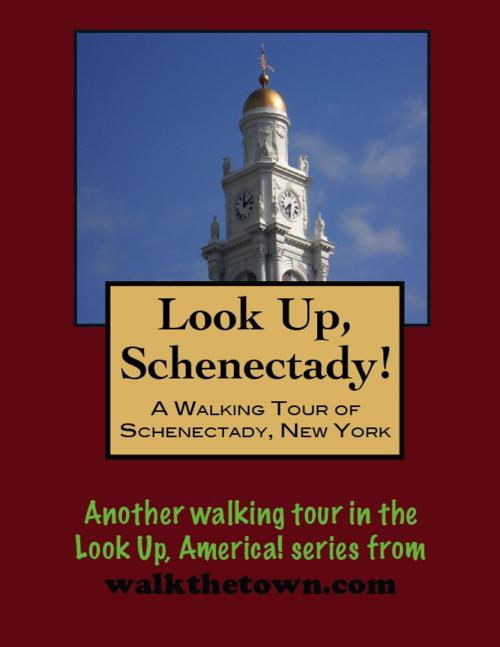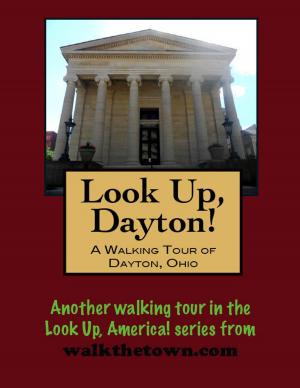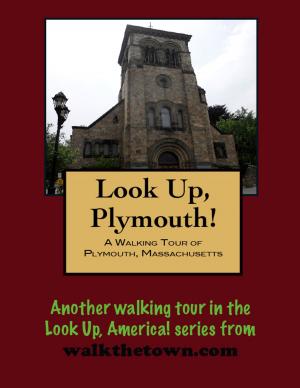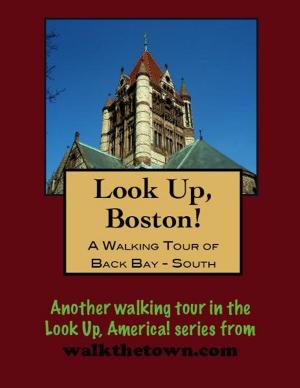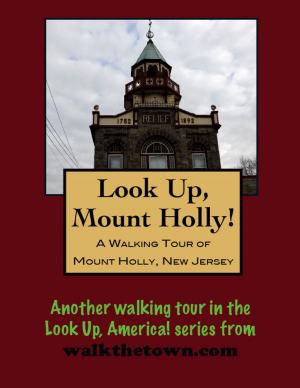| Author: | Doug Gelbert | ISBN: | 9781458190253 |
| Publisher: | Doug Gelbert | Publication: | February 1, 2011 |
| Imprint: | Smashwords Edition | Language: | English |
| Author: | Doug Gelbert |
| ISBN: | 9781458190253 |
| Publisher: | Doug Gelbert |
| Publication: | February 1, 2011 |
| Imprint: | Smashwords Edition |
| Language: | English |
There is no better way to see America than on foot. And there is no better way to appreciate what you are looking at than with a walking tour. Whether you are preparing for a road trip or just out to look at your own town in a new way, a downloadable walking tour is ready to explore when you are.
Each walking tour describes historical and architectural landmarks and provides pictures to help out when those pesky street addresses are missing. Every tour also includes a quick primer on identifying architectural styles seen on American streets.
Someone who checked once counted that the name Schenectady is spelled seventy-nine different ways in the early documents. It derives from the Indian description “at the end of the pine plains” for the western end of the portage between the Mohawk and Hudson rivers. The area’s importance as a transportation route continued with the arrival of European settlers first along the river, then along the Erie Canal (entombed beneath the pavement of Erie Boulevard) and then along the lines of the Mohawk & Hudson Railroad.
Schenectady evolved as a company town, the first being the Schenectady Locomotive Works built by Scotsman John Ellis with his master mechanic, Walter McQueen. In 1851 the 56-year old Ellis acquired a little locomotive plant in town that had managed to produce but a single locomotive, “The Lightning,” which was run for about a year between Utica and Schenectady, but was finally pronounced a failure by locomotive engineers of that day. It was the ambition of John Ellis not only to construct locomotives but to build the cars behind them and his railroad works came to rival the largest in the land. For the remainder of the 19th century “The Big Shop” carried the growth of the city on its shoulders.
But it was a couple of abandoned and unused warehouses from the railroad works that set the course for Schenectady in the following century. In the 1880s Thomas Edison was in the early stages of electrifying America around New York City when he became weary of the labor problems he was constantly butting up against. He determined to move his nascent machine works elsewhere. He heard tell of two buildings in the McQueen yard that were still not completed and came to Schenectady to inspect the facilities. He offered to buy them from the railroad men but his offer was $7,500 below the asking price.
Schenectady businessmen caught wind of the dealings and set out to cover the difference. They struggled to raise the money and were still $500 short with a deadline looming before Edison was to close a land deal in New Jersey. Although it was after hours the group’s leaders knocked on the door of the Mohawk Bank anyway and indeed found the son of one their group working late. He agreed to put up the last $500 which was wired to Edison and sealed the deal. The Edison works moved to Schenectady in 1886 and in 1894 the city was designated as the headquarters of General Electric.
Those two small buildings would spawn a complex of 360 buildings spread across 670 acres of land. The Schenectady plant would be the largest of more than 150 General Electric facilities around the globe, employing more than 23,000 workers. Our walking tour of the “The City that Lights and Hauls the World” won’t find much remaining from its two giant industries but their legacy remains and we will begin at a grand building that symbolizes those heady times...
There is no better way to see America than on foot. And there is no better way to appreciate what you are looking at than with a walking tour. Whether you are preparing for a road trip or just out to look at your own town in a new way, a downloadable walking tour is ready to explore when you are.
Each walking tour describes historical and architectural landmarks and provides pictures to help out when those pesky street addresses are missing. Every tour also includes a quick primer on identifying architectural styles seen on American streets.
Someone who checked once counted that the name Schenectady is spelled seventy-nine different ways in the early documents. It derives from the Indian description “at the end of the pine plains” for the western end of the portage between the Mohawk and Hudson rivers. The area’s importance as a transportation route continued with the arrival of European settlers first along the river, then along the Erie Canal (entombed beneath the pavement of Erie Boulevard) and then along the lines of the Mohawk & Hudson Railroad.
Schenectady evolved as a company town, the first being the Schenectady Locomotive Works built by Scotsman John Ellis with his master mechanic, Walter McQueen. In 1851 the 56-year old Ellis acquired a little locomotive plant in town that had managed to produce but a single locomotive, “The Lightning,” which was run for about a year between Utica and Schenectady, but was finally pronounced a failure by locomotive engineers of that day. It was the ambition of John Ellis not only to construct locomotives but to build the cars behind them and his railroad works came to rival the largest in the land. For the remainder of the 19th century “The Big Shop” carried the growth of the city on its shoulders.
But it was a couple of abandoned and unused warehouses from the railroad works that set the course for Schenectady in the following century. In the 1880s Thomas Edison was in the early stages of electrifying America around New York City when he became weary of the labor problems he was constantly butting up against. He determined to move his nascent machine works elsewhere. He heard tell of two buildings in the McQueen yard that were still not completed and came to Schenectady to inspect the facilities. He offered to buy them from the railroad men but his offer was $7,500 below the asking price.
Schenectady businessmen caught wind of the dealings and set out to cover the difference. They struggled to raise the money and were still $500 short with a deadline looming before Edison was to close a land deal in New Jersey. Although it was after hours the group’s leaders knocked on the door of the Mohawk Bank anyway and indeed found the son of one their group working late. He agreed to put up the last $500 which was wired to Edison and sealed the deal. The Edison works moved to Schenectady in 1886 and in 1894 the city was designated as the headquarters of General Electric.
Those two small buildings would spawn a complex of 360 buildings spread across 670 acres of land. The Schenectady plant would be the largest of more than 150 General Electric facilities around the globe, employing more than 23,000 workers. Our walking tour of the “The City that Lights and Hauls the World” won’t find much remaining from its two giant industries but their legacy remains and we will begin at a grand building that symbolizes those heady times...
